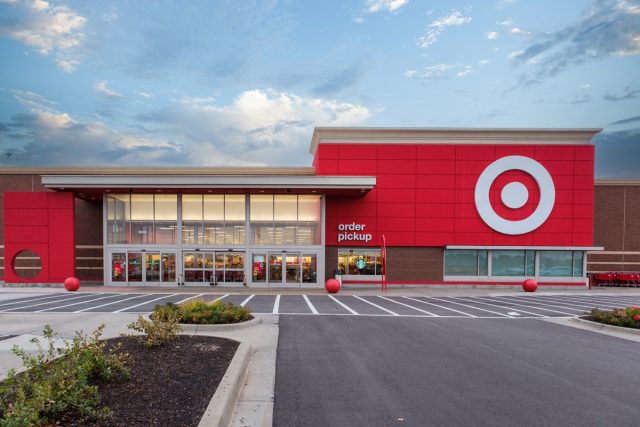August 15, 2025
U.S. Customer Satisfaction at 12-Year Low, New Report Finds

American customers are less satisfied than they’ve been in over a decade, according to the latest American Customer Satisfaction Index (ACSI) data.
The national score slipped 0.1% in Q2 2025 to 76.9 out of 100 — the same level seen in 2013 — marking the third consecutive quarterly decline.
Despite rising corporate profits, the report finds that consumer sentiment in the U.S. is steadily deteriorating.
Net profit margins have risen by 3–4% over the past decade to roughly 11% earlier this year. Over the same period, consumer prices have grown faster than producer prices, and company profits have outpaced GDP growth.
ACSI researchers warn that growing seller pricing power is eroding customer value. In healthy competitive markets, higher profits usually result from greater customer satisfaction. But when customers face limited alternatives or high switching costs, businesses can raise prices without improving service or product quality, a dynamic now taking hold in multiple sectors.
The index serves as a complement to GDP, measuring the quality of goods and services relative to their price from the consumer’s perspective. Ideally, both GDP and customer satisfaction should trend upward over the medium and long term. Instead, household spending, which accounts for about 70% of GDP, rose in Q2 despite weaker satisfaction in Q1, largely because of increased household incomes and strong pricing power among sellers.
Economists caution that sustained declines in satisfaction could carry long-term risks, such as reduced innovation, lower productivity, and shrinking consumer surplus. While income growth can temporarily mask dissatisfaction, the report stresses that long-term economic health depends on competitive markets where companies earn profits by meeting customer needs.
Earlier this year, ACSI reported similar declines in satisfaction within the telecom and tech sectors. The findings suggest that new capabilities are failing to offset frustrations over fundamentals such as battery life, performance, and service reliability, areas consumers still rank as higher priorities than add-on features.




